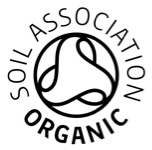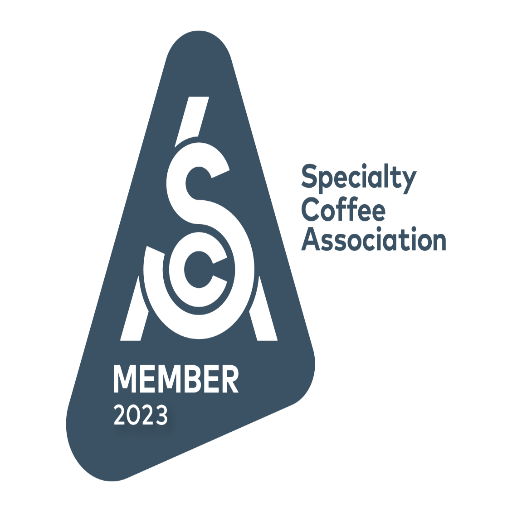Assessing coffees' flavour profile and overall quality is a rigorous, time-consuming process, but an essential part of the coffee trade. Here at DR Wakefield, we perform multiple quality control measures before our products are shipped off to clients, thereby ensuring they get precisely what they've ordered and that our suppliers meet our exceptionally high standards. We achieve this through several examinations, then we roast the beans and execute the all-important cupping process.
Cupping is essentially one big taste test, but conducted by professionals who eat, sleep, breathe and, of course, drink coffee. Therefore, it's pretty scientific and every detail is noted and recorded by several experts. The technique is broadly similar for all who carry it out – start with the green, raw coffee beans, roast them on-site, grind them and cup them, making several cups of the same variety for meticulous testing across the board.
However, analysing the quality and taste can get a little tricky. Each taster has their own perception of what constitutes a good brew and, inevitably, their enjoyment is affected by their own personal preferences. That's why strict standards are in place to rule out subjectivity as much as possible and why more than one person will be involved in the process.
Over time, many cupping forms have been devised by roasters in an attempt to assess coffee quality fairly and objectively. In the latest issue of Roast Magazine, editor Kelly Stewart wrote: "Each cupping form approaches coffee evaluation from a different perspective. Which attributes have more importance and value? Should cuppers grade aroma or simply note its intensity? Should sweetness be ranked with a numerical score or treated as present/not present?"
These are all questions which countless roasters constantly ask themselves. As long as coffee is consumed en masse, roasters will continue to grapple with these issues.
Each company's unique cupping form is a reflection of their values, although some choose to stick with the standard form provided by the Specialty Coffee Association of America (SCAA), feeling it suits them best. Regardless of the form used, roasters and traders will use similar categories to assess quality. These include:
Fragrance and aroma
Testers break the crust of the sample by pulling back the surface residue and stirring it a few times. Then, they inhale the variety's aroma and mark its score.
Flavour and aftertaste / finish
Tasters slurp a bit of each sample and quickly circulate it in the mouth, allowing the liquid to cover the tongue and upper palate. Flavour and aftertaste are intense at high temperatures. As such, samples are usually tested at approximately 71 degrees Celsius. According to the SCAA, this enhances the accuracy of an assessment.
Acidity, body and balance
As the coffee cools, the acidity, body and balance are analysed. In this assessment, cuppers rate how well flavour, aftertaste, acidity and body mesh – or balance – each other.
Sweetness, uniformity and cleanliness
Once the sample reaches room temperature, the remaining qualities of sweetness, uniformity and cleanliness are evaluated. Some roasters simply tick yes or no as to whether or not sweetness is present, while others rate it on a calibrated scale. Again, it comes down to the preferences of the vendor. Some appreciate a sweet coffee, while others may find it off-putting.
All of these scores, graded from six to nine, are tallied up, combining to form an overall rating. If this score reaches 80 or more, this classifies a coffee as specialty grade, granting the farmers who harvested the beans international renown and well-earned bragging rights.
Some might argue that cupping is not a true science due to its unavoidable subjectivity. The fact of the matter is that no empirical, definitive measurement can be applied to coffee, and thus cuppers must use their sense of smell and taste, as well as their expertise to determine what makes a good brew. However, here at DR Wakefield – with such dedicated and passionate experts – we certainly have a pretty good idea.









